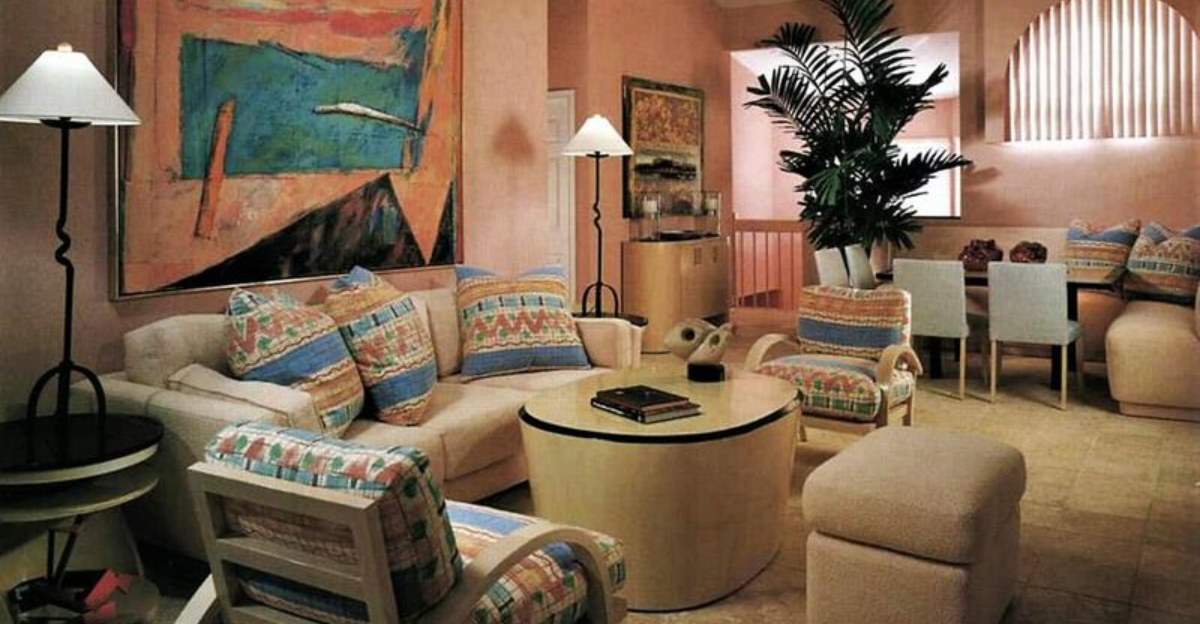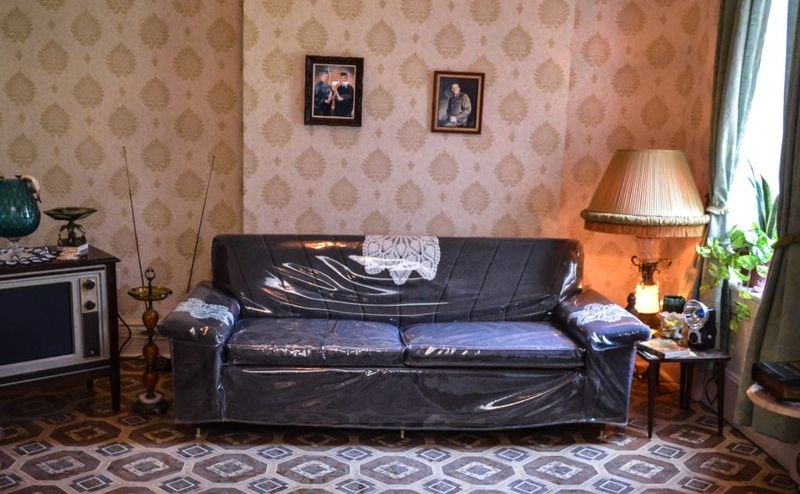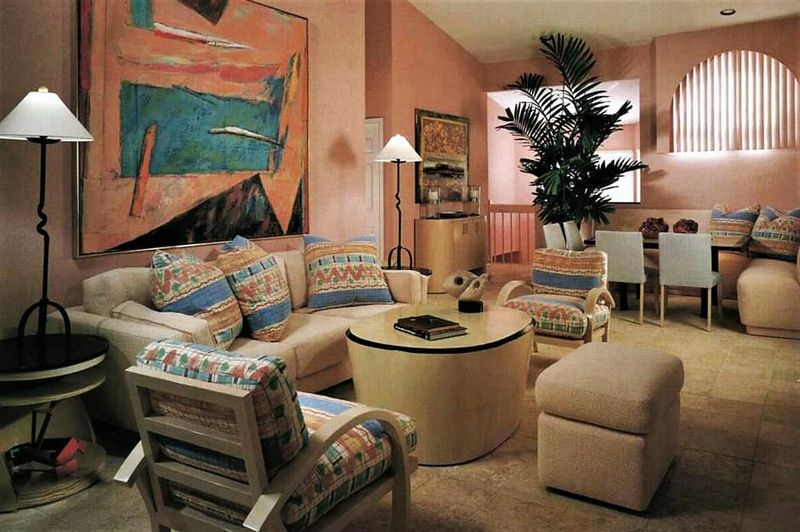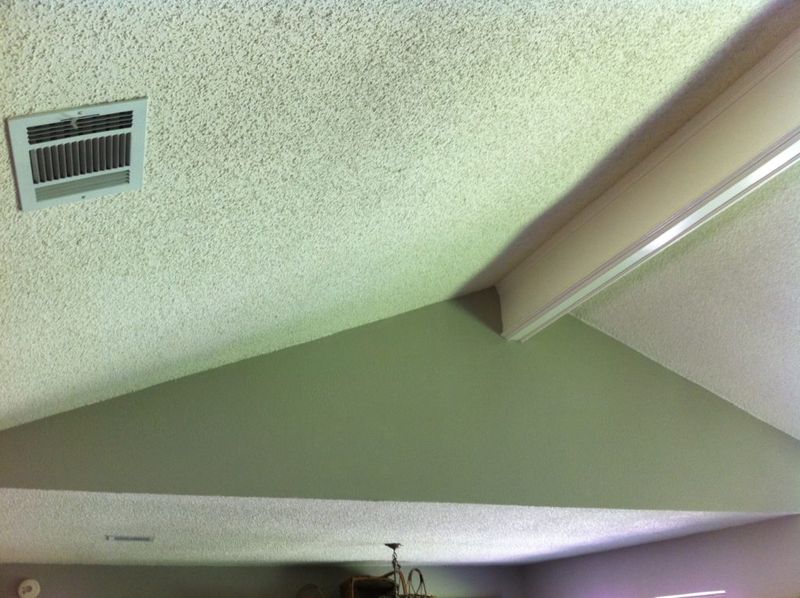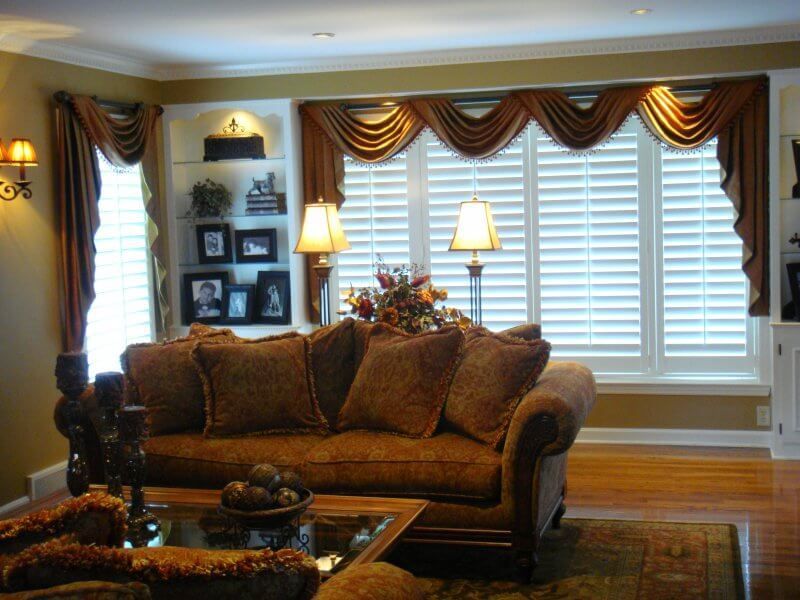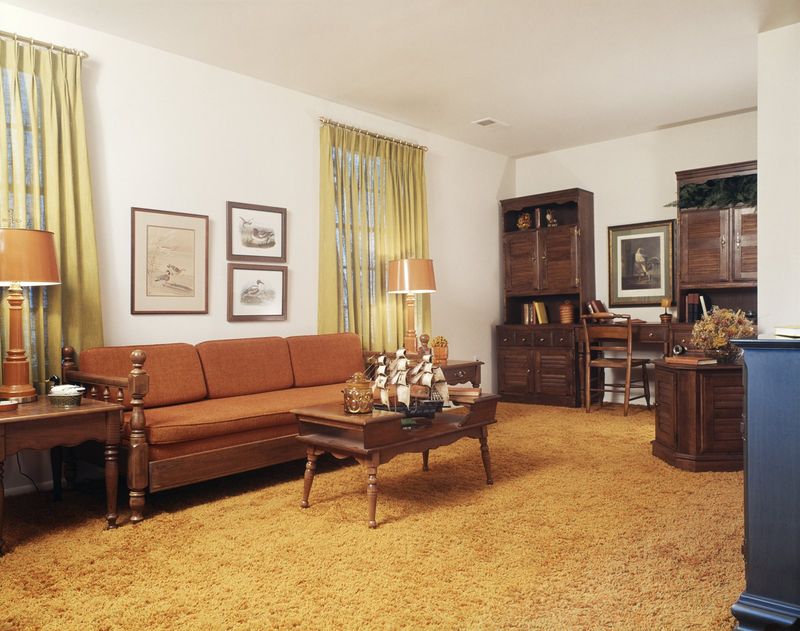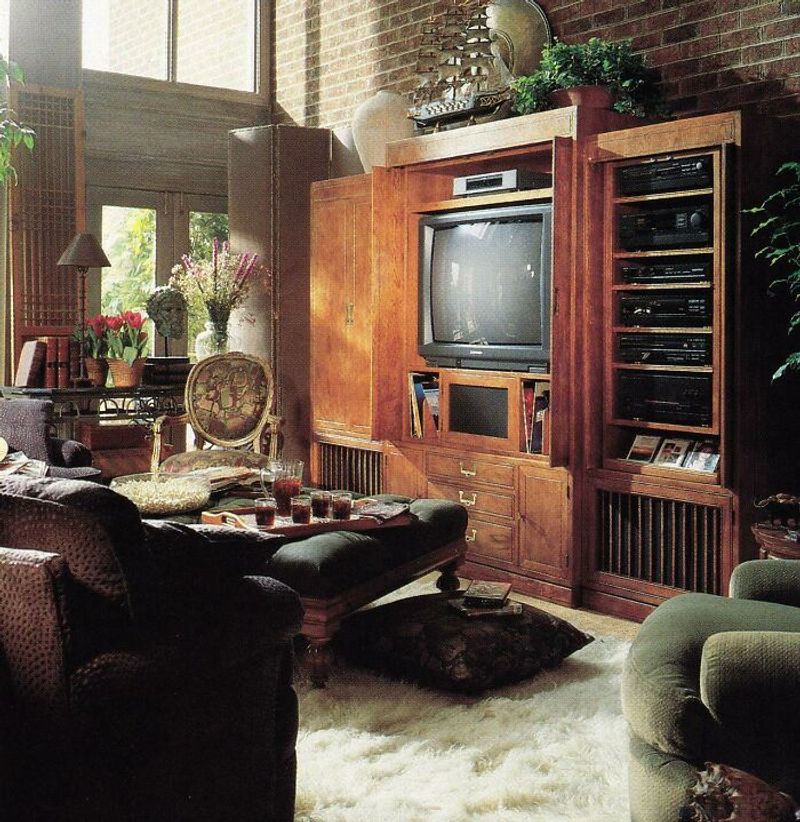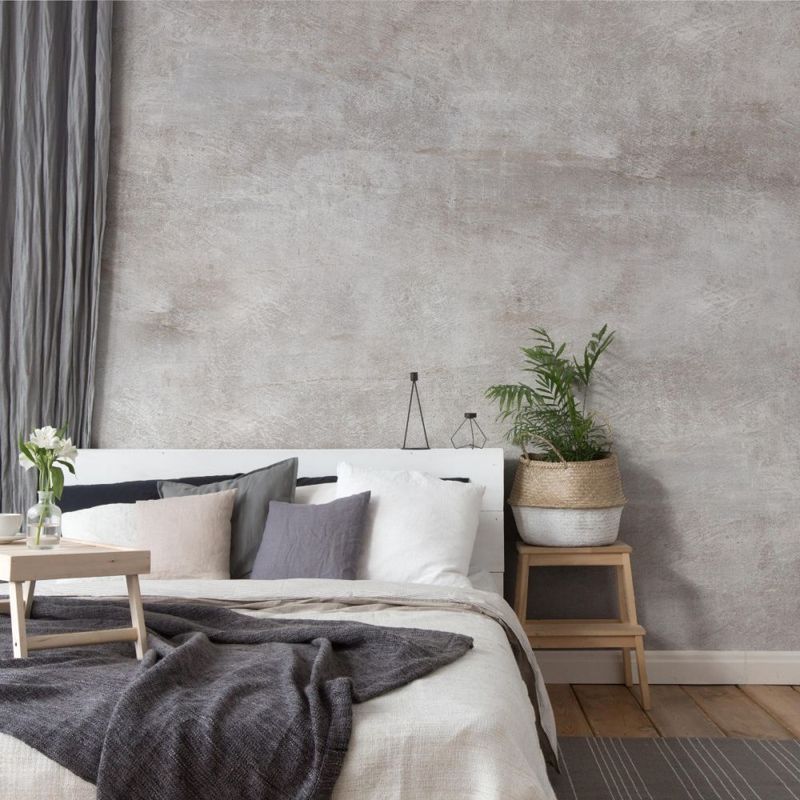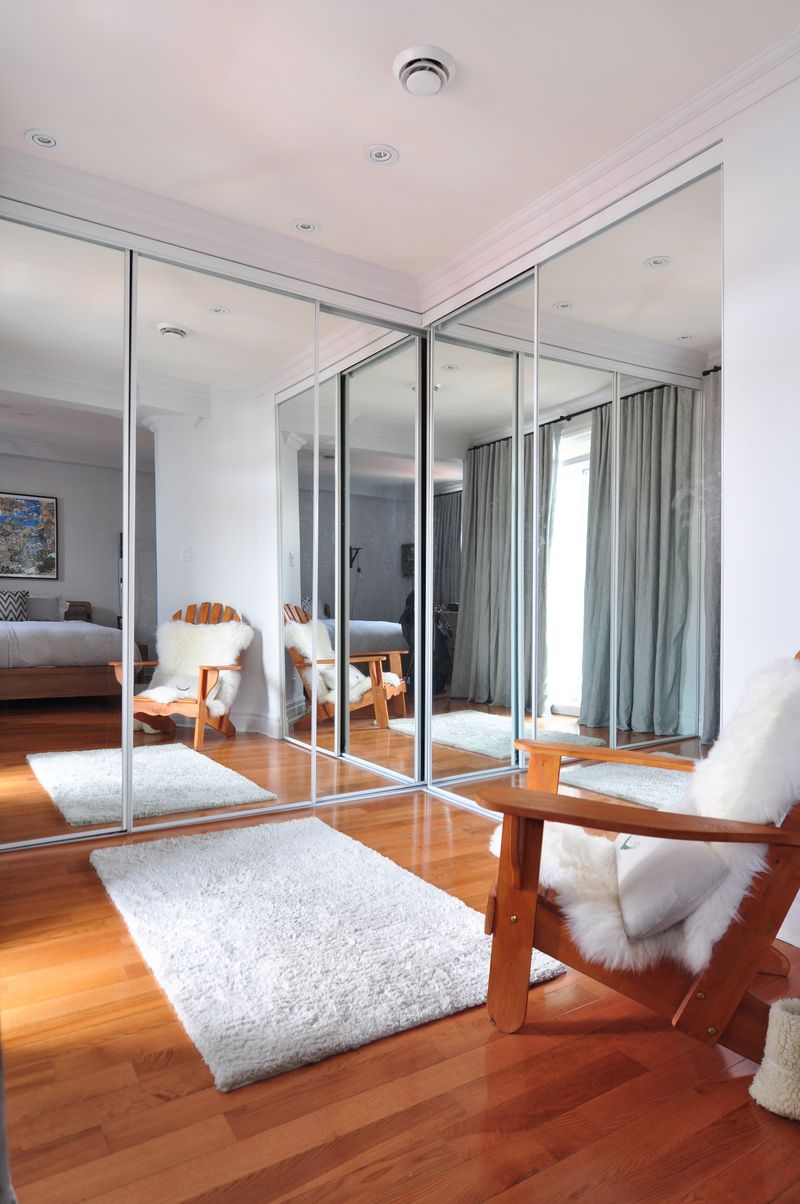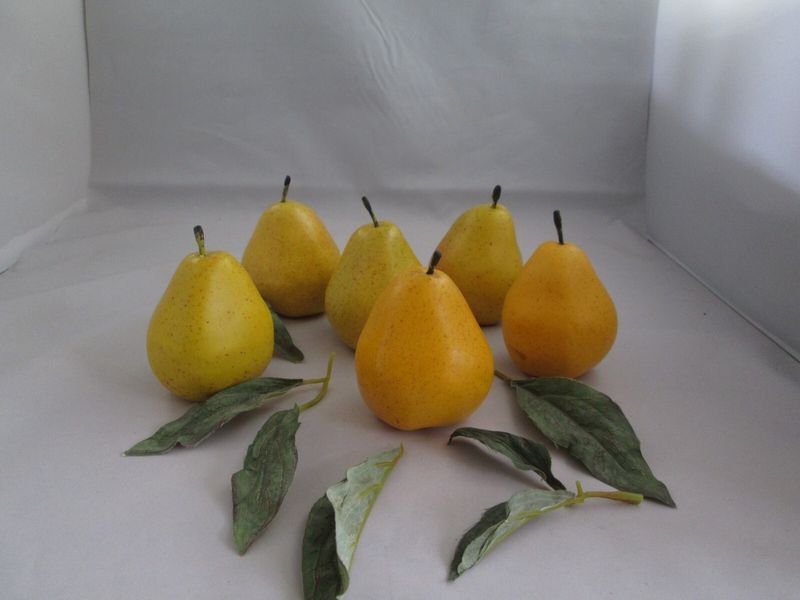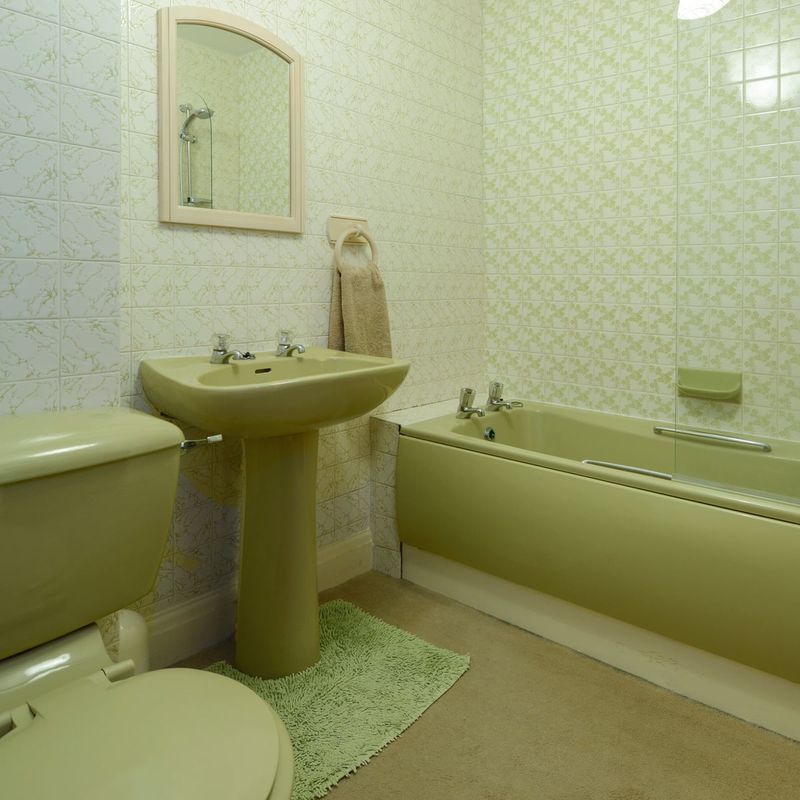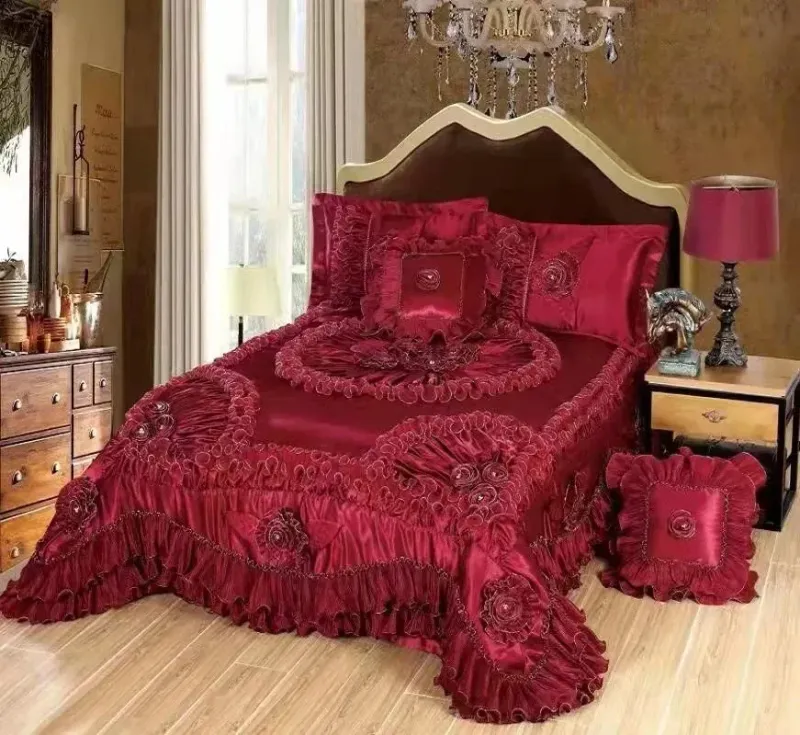Remember the days when our homes looked drastically different than they do now?
Interior design trends have shifted dramatically over the decades, leaving many once-popular decorating choices firmly in the past.
Let’s take a nostalgic journey through 20 decorating habits that were once all the rage but have now vanished from modern homes.
1. Plastic Furniture Covers
Grandma’s pristine sofa beneath clear plastic was once a status symbol, protecting expensive furniture from spills and daily wear. The crinkly sound when you sat down was unmistakable!
Families would unveil these prized possessions only when special guests arrived, otherwise keeping them safely wrapped like unopened gifts. Modern homeowners have embraced the radical concept that furniture is actually meant to be used and enjoyed.
2. Heavy Drapes in Every Room
Those grand, floor-to-ceiling curtains with valances, swags, and tiebacks once dominated home decor magazines. Sunlight was practically forbidden from entering rooms as homeowners prioritized privacy and insulation over natural light.
Today’s minimalist approach favors simple blinds or lightweight curtains that celebrate rather than hide beautiful windows.
3. Matching Furniture Sets
Walking into furniture showrooms, families would point to an entire display and say, “We’ll take it all!” The matching sofa, loveseat, coffee table, end tables, and lamps created perfectly coordinated but utterly predictable rooms.
Department stores thrived on selling these pre-packaged looks that required zero creativity. Current design philosophy celebrates eclectic mixing and personal expression rather than the cookie-cutter sameness that once defined American living rooms.
4. Popcorn Ceilings
Look up in any pre-2000s home and you’d likely see that spray-on cottage cheese texture staring back at you. Initially popular for hiding imperfections and reducing noise, these textured ceilings became the standard in new construction for decades.
What builders didn’t advertise was how these surfaces became dust magnets and spider web havens.
5. Swag Curtains
Remember those fabric half-circles draped across windows like frozen waves? Swag curtains reigned supreme in formal dining rooms and living areas, often paired with coordinating valances and cascades for maximum drama.
Interior designers once spent hours perfecting these elaborate window treatments. The more folds, pleats, and tassels involved, the more sophisticated the home appeared. Today’s homeowners prefer clean lines and simpler window treatments that don’t require professional installation or regular dry cleaning.
6. Floral Everything
Stepping into homes of yesteryear often felt like wandering through an indoor garden – minus the fresh air. From sofas to wallpaper, bedspreads to bathroom towels, floral patterns dominated every surface imaginable.
Chintz fabrics with cabbage roses were particularly coveted status symbols. The rule seemed to be: if it doesn’t have flowers on it, it doesn’t belong in the home.
7. Wall-to-Wall Carpeting
Fuzzy floors once covered every square inch of American homes, from living rooms to – believe it or not – bathrooms! Plush wall-to-wall carpeting in beige, blue, or that peculiar shade of forest green was considered the height of comfort and luxury.
Home builders installed it by default, hiding beautiful hardwood underneath. Few questioned the wisdom of fabric flooring in wet areas or its ability to trap decades of dust. Today’s homeowners rip it out with gleeful abandon, celebrating the hardwood treasures beneath.
8. TV Armoires
When televisions were bulky boxes instead of sleek screens, hiding them away became a decorating priority. Enter the massive wooden armoire – the furniture equivalent of a magician’s disappearing cabinet.
These substantial pieces dominated living rooms, featuring doors that could be closed to disguise the entertainment center within. With today’s wall-mounted flat screens proudly displayed as design elements, these hulking furniture pieces have largely disappeared, much like the tube TVs they once concealed.
9. Sponge-Painted Walls
Armed with sea sponges and multiple paint colors, homeowners once transformed plain walls into textured masterpieces. This DIY technique created mottled patterns meant to mimic Mediterranean plaster or aged stone.
Weekend warriors would dab away, creating what they believed was sophisticated ambiance. The reality was often more akin to a kindergarten art project gone wrong. Today’s homeowners prefer clean paint applications or carefully selected wallpapers over these labor-intensive textured treatments.
10. Mirrored Closet Doors
Nothing says ’80s quite like floor-to-ceiling mirrors masquerading as closet doors. These reflective panels were marketed as space-expanding miracles that would make bedrooms appear twice as large.
In reality, they created funhouse-like effects and showed every speck of dust. Waking up to your own reflection first thing in the morning wasn’t the pleasant experience salespeople claimed.
11. Fake Fruit Centerpieces
Waxy apples that never bruised and grapes that gathered real dust once graced dining tables across America. These artificial fruit arrangements, often displayed in ornate bowls, were considered sophisticated table decor.
Some households went the extra mile with plastic pineapples and bananas coated in a suspicious sheen. Modern decorators have largely abandoned these dust collectors in favor of fresh flowers, living plants, or artisanal objects that don’t pretend to be edible.
12. Pastel Bathroom Suites
Avocado green, harvest gold, and powder blue once dominated American bathrooms through permanent fixtures that couldn’t be easily changed. Toilets, tubs, and sinks came in coordinating colors that announced their decade of installation like timestamps.
Manufacturers convinced homeowners these colorful alternatives to white were sophisticated upgrades worth paying extra for. When styles inevitably changed, these pastel porcelain pieces became dated reminders of past decorating decisions.
13. Wall Stenciling
Country-style geese, hearts, and ivy once paraded across kitchen walls nationwide thanks to the stenciling craze. Armed with special brushes and paint, homeowners would carefully dab around cardboard cutouts to create repeating patterns.
These folksy borders appeared at chair-rail height or just below ceilings, often accompanied by coordinating country-themed decor. The time-consuming technique required steady hands and infinite patience.
14. Excessive Doilies
Crocheted circles once protected every surface in grandma’s house from dreaded water rings and scratches. These intricate white or cream-colored fabric snowflakes appeared under lamps, vases, and any object that might dare touch the furniture directly.
The more skilled the homemaker, the more elaborate the doily collection. Some homes featured dozens of these handcrafted items in various sizes and patterns. While appreciated as vintage crafts today, these dust-catching decorations have largely disappeared from contemporary homes.
15. Track Lighting
Ceiling-mounted metal rails with adjustable spotlights once signaled sophisticated design. Homeowners could aim these fixtures at artwork or architectural features, creating dramatic shadows and highlights throughout living spaces.
The exposed wiring and industrial look was considered the height of contemporary style. As recessed lighting and pendant fixtures gained popularity, these once-futuristic light systems began looking dated and clunky.
16. Ruffled Bed Skirts
Beneath every well-dressed bed of yesteryear hung yards of gathered fabric, often with multiple layers of ruffles cascading to the floor. These elaborate bed skirts coordinated with equally frilly pillow shams and comforters to create bedroom textile extravaganzas.
The more ruffles and gathers involved, the more elegant the bedroom was considered. Today’s platform beds and minimalist designs have eliminated the need for these dust-collecting frills, with clean lines replacing the once-popular fabric waterfall effect.
17. Fake Ivy Decor
Artificial greenery once climbed across kitchen cabinets and draped from shelving in homes across America. Plastic ivy garlands, often coated with a fine layer of dust, brought a touch of “nature” indoors without any watering requirements.
Homeowners would strategically arrange these faux vines along curtain rods and picture frames for that “brought the garden inside” look. With today’s focus on authentic materials and real houseplants, these unconvincing imitations have largely been composted from modern decorating schemes.

